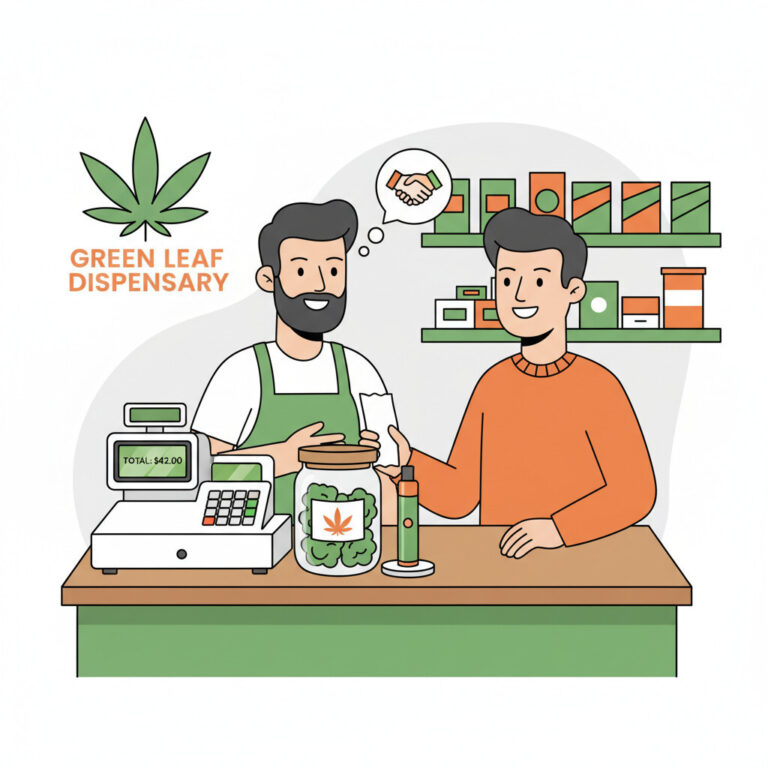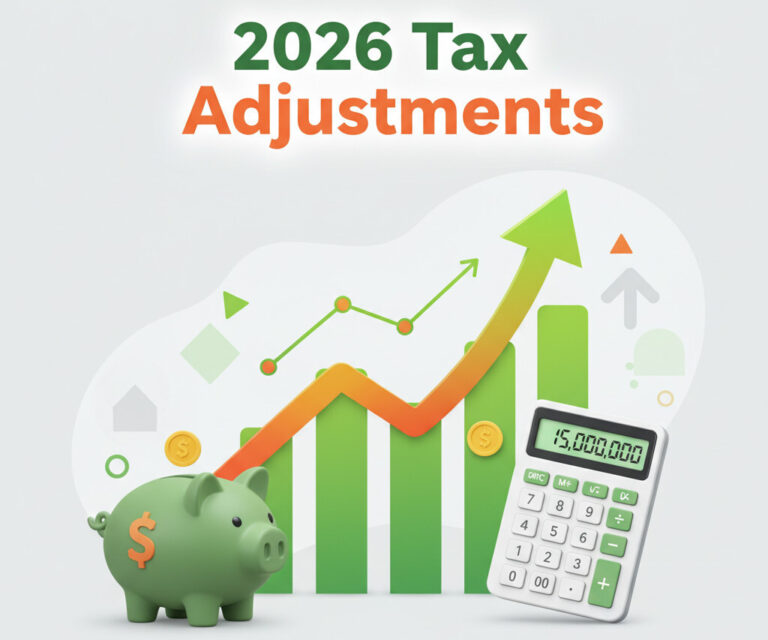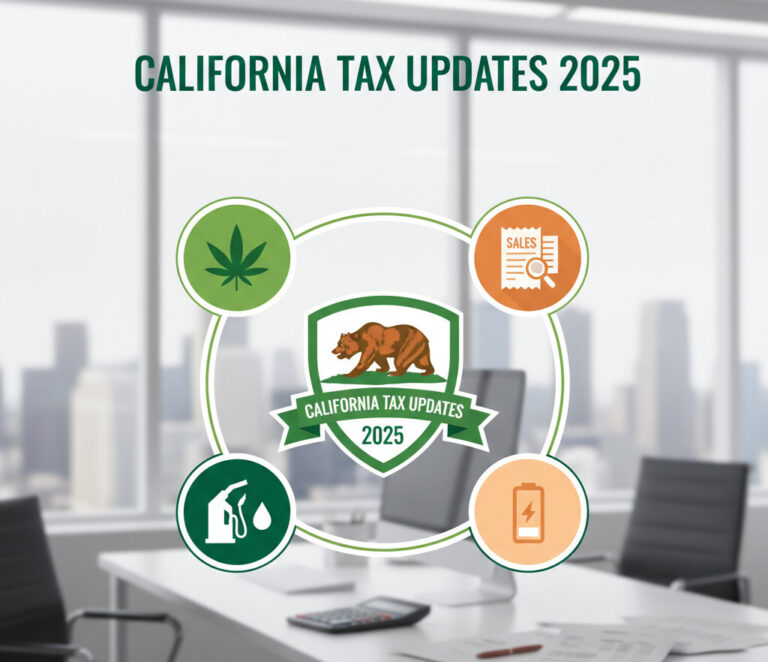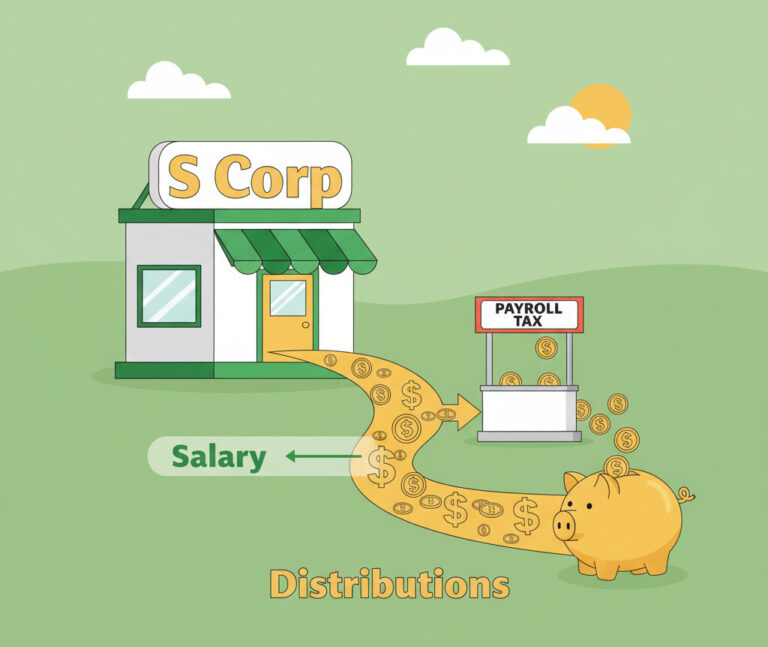IRS Tax Relief for Drought: A Farmer’s Guide to Deferring Gains on Livestock
It’s been a tough year. Watching the land dry up and knowing you have to make hard decisions about your livestock is something no farmer or rancher wants to go through. If you’ve been forced to sell off some of your herd due to the persistent drought, the financial hit on top of the emotional one can feel overwhelming. But what if there was a bit of good news from an unexpected place? The IRS has recently announced some helpful tax relief, and I’m here to break down what it means for you. 😊
What Is This IRS Tax Relief All About? 🤔
In a recent announcement (IR-2025-93), the IRS has extended a helping hand to farmers and ranchers impacted by severe drought. In short, if you had to sell more livestock than you normally would because of drought conditions, you may not have to pay capital gains tax on that sale right away. This program gives you extra time to replace the livestock you sold.
This isn’t a tax-free pass, but rather a tax deferral. It means you can postpone paying the tax on the gains, giving you the breathing room to rebuild your herd once conditions improve. This relief specifically applies to gains from livestock held for draft, dairy, or breeding purposes.
The core benefit is time. Instead of the standard two-year period to replace livestock, eligible individuals get a much longer window. This acknowledges that recovering from a widespread drought isn’t an overnight process.
Who Exactly Qualifies for This Relief? 📋
Not every livestock sale will qualify, so it’s important to understand the specific requirements. The IRS has laid out a few key conditions you must meet to be eligible for this tax deferral. Let’s take a look at the checklist.
| Eligibility Criterion | Description |
|---|---|
| Reason for Sale | You must show that the sale or exchange of livestock was a direct result of drought conditions. |
| Location | Your farm or ranch must be located in an area that qualifies for federal drought assistance. The IRS lists these areas in Notice 2025-52. |
| Type of Livestock | The relief applies to livestock held for draft, dairy, or breeding purposes. This is a crucial detail! |
This tax relief does not apply to all livestock. Animals raised for slaughter, held for sporting purposes, or any kind of poultry are specifically excluded from this provision. Be sure to check your records carefully.
Understanding the Replacement Period Extension ⏳
So, how much extra time do you actually get? It’s quite generous. Under normal circumstances, you have a two-year period to replace your livestock to defer the gain. However, this special provision extends that period to four years.
But wait, there’s more. The IRS recognizes that major droughts can last for a long time. So, they have the authority to extend the replacement period even further if the drought continues. The rule is that you have until the end of your first tax year that follows the first drought-free year for your region. That sounds a bit complicated, so let’s break it down with an example.
Example of the Extension 📝
- Let’s say a rancher’s four-year replacement period was originally scheduled to end on December 31, 2025.
- However, their region remains on the federal drought list through 2025.
- Because of the persistent drought, the IRS has automatically extended their replacement period.
Conclusion
This rancher now has until the end of their next tax year (after the drought officially ends in their area) to replace the livestock without having to recognize the capital gain. This provides much-needed flexibility to wait for pastures to recover and for market conditions to become more favorable.
Which Areas Are Covered? 🗺️
The relief is extensive. The list of applicable areas covers 49 states, the District of Columbia, and other U.S. regions. These are places that reported exceptional, extreme, or severe drought at any point during the 12-month period ending on August 31, 2025. This determination is made by the National Drought Mitigation Center.
To see if your specific county or jurisdiction is on the list, you’ll need to refer to the official IRS document, Notice 2025-52. You can find this and other helpful resources on the IRS website.
For more detailed information on reporting drought sales and other farm-related tax matters, the IRS recommends checking out Publication 225, Farmer’s Tax Guide. It’s a comprehensive resource that’s available for free on IRS.gov.
Key Takeaways of the Post 📝
I know this is a lot to take in, especially when you’re busy running your operation. So here’s a quick summary of the most important points to remember:
- Tax Deferral: This relief allows you to postpone paying capital gains tax on livestock sold due to drought.
- Eligible Livestock: It only applies to animals held for draft, dairy, or breeding purposes. Livestock for slaughter or sport, and poultry, are not eligible.
- Extended Timeline: The replacement period is extended from the usual two years to at least four years.
- Further Extensions: If the drought in your area persists, the replacement period can be extended even further.
- Check Your Location: You must be in a federally designated drought area. Check IRS Notice 2025-52 for the official list of counties and regions.
Drought Tax Relief Quick Guide
Frequently Asked Questions ❓
I hope this breakdown helps clarify the tax relief available to farmers and ranchers dealing with drought. It’s a tough business, and every little bit of help counts. If you have any more questions, feel free to drop them in the comments below! Stay safe out there. 😊







